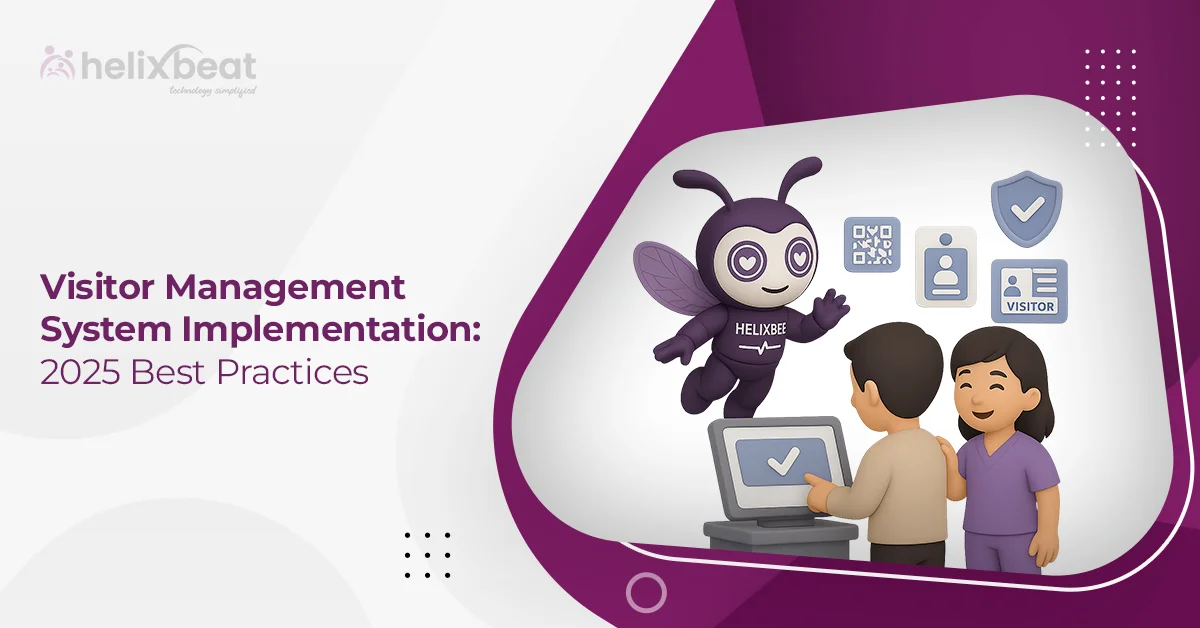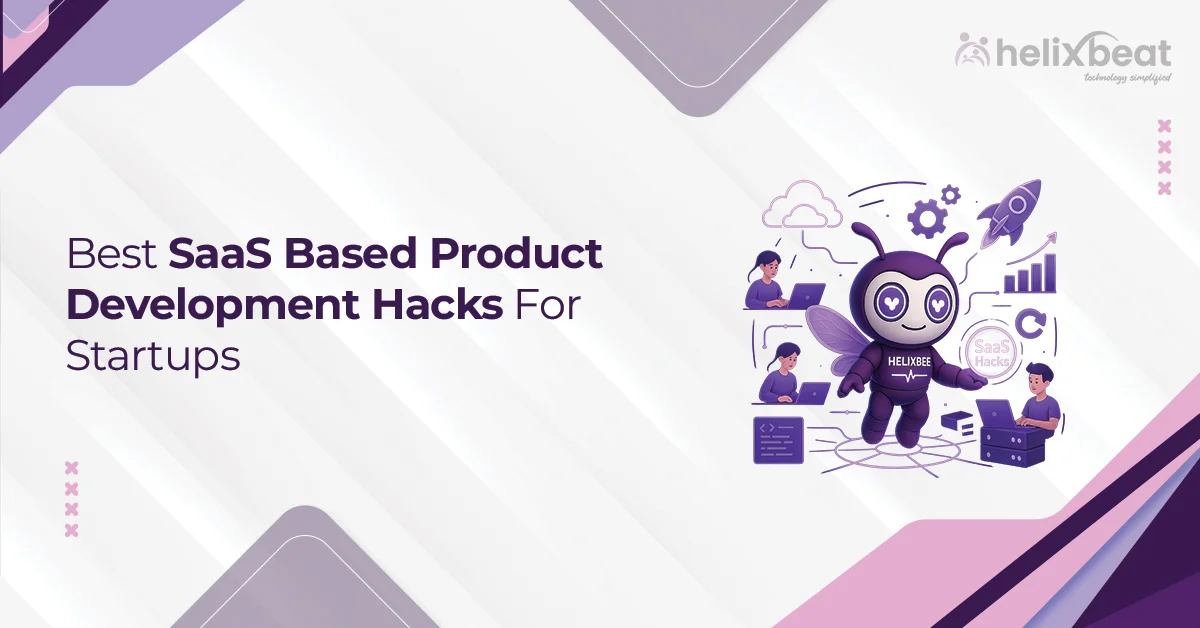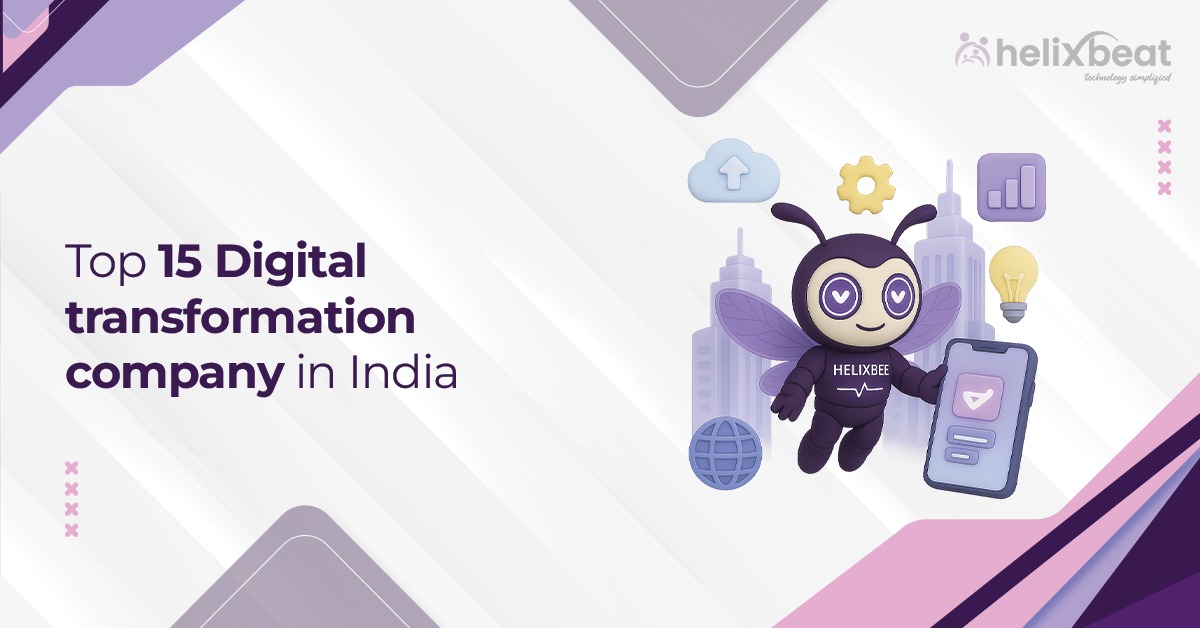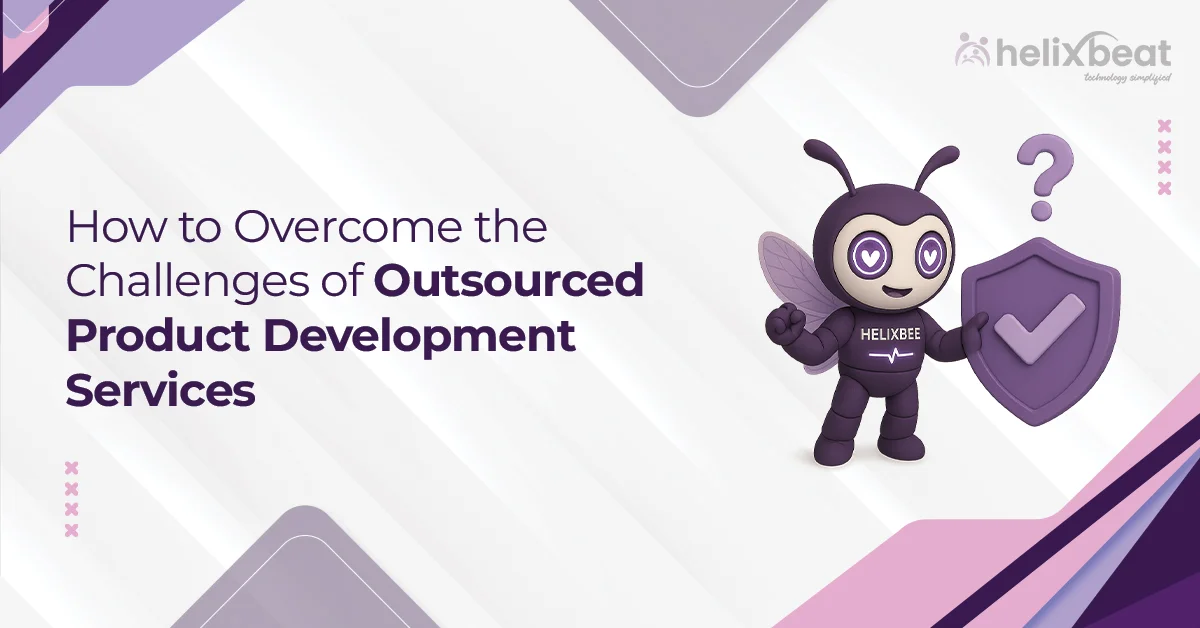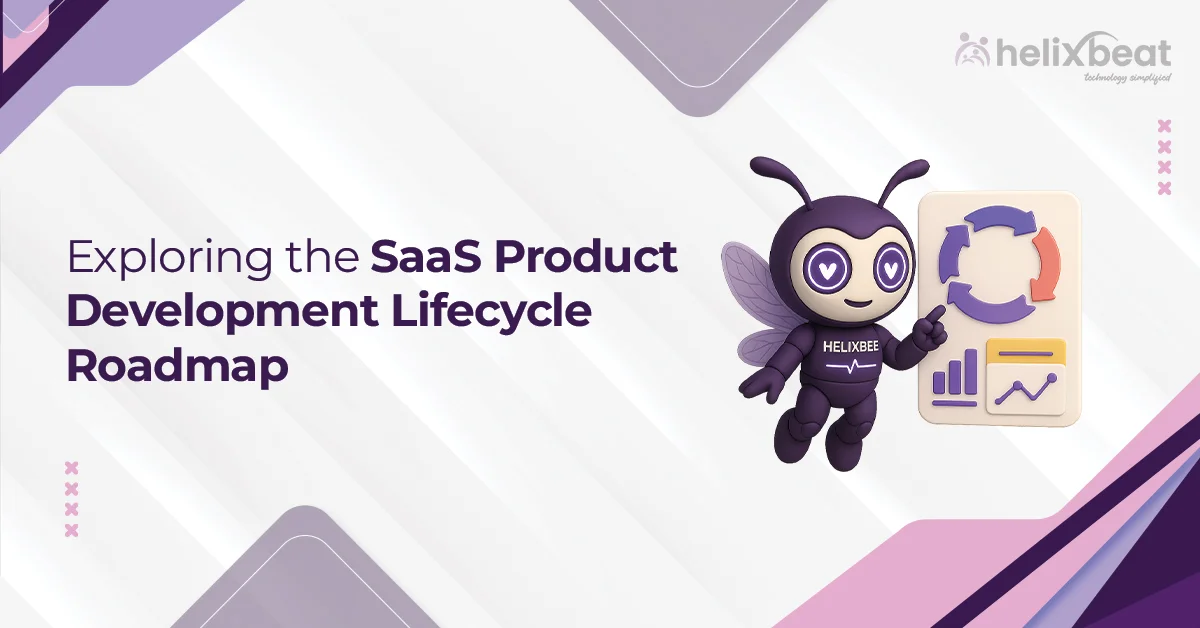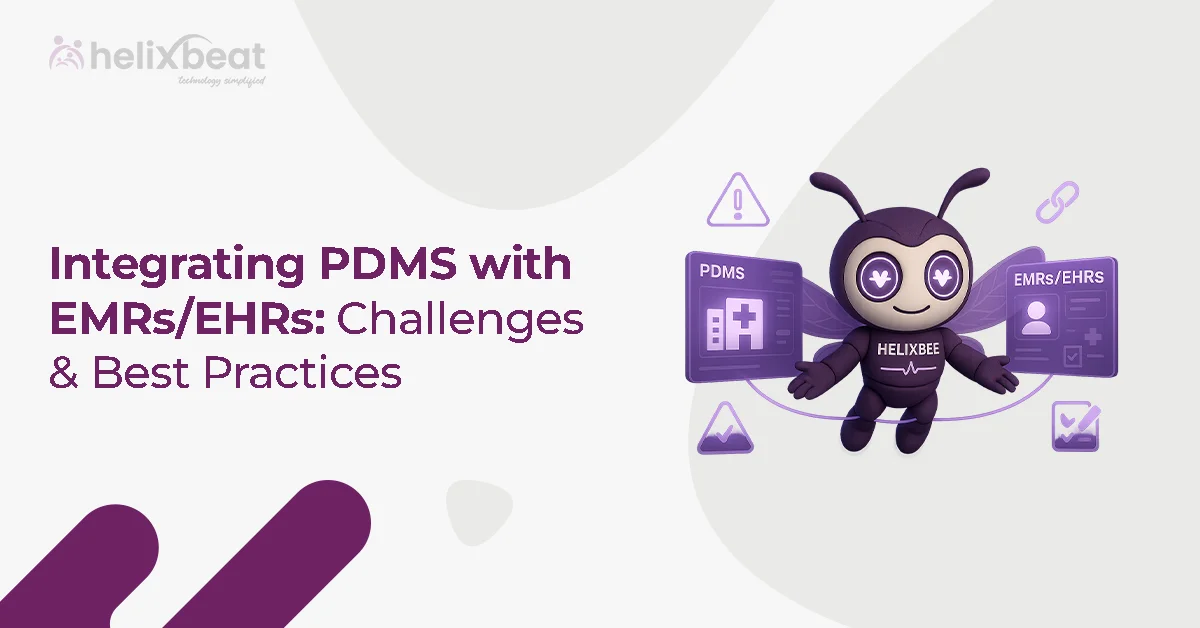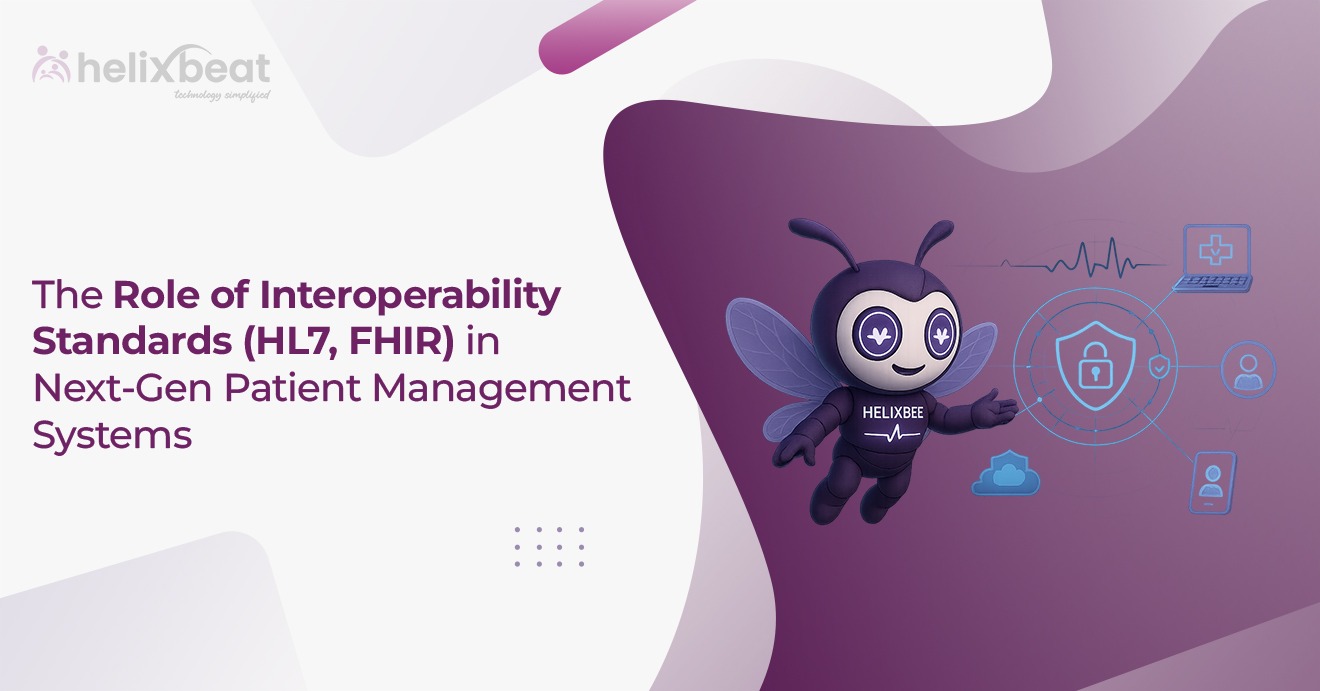The Visitor Management System is not what it used to be. From basic paper logs to AI-powered kiosks, visitor management has evolved drastically over the years. As we move into 2025, the trend is clear—features are getting smarter, security expectations are tighter, and user convenience is now non-negotiable.
But here’s the twist: as technology advances, so do the challenges. Whether you’re managing a five-person startup or a sprawling multi-location enterprise, visitor expectations and operational demands change each year. The visitor system deployment process in 2025 faces a different set of complexities, thanks to hybrid work cultures, strict compliance norms, and the sheer number of options flooding the market.
With hundreds of Visitor Management System solutions now available, it’s no longer about choosing a flashy software.

It’s about picking the right one—and implementing it correctly. Some practices remain evergreen and essential. Others have transformed to meet new-age needs.
In this blog, we break down the most critical Visitor Management System best practices for 2025—and the challenges you’ll need to overcome to keep things running smoothly.
Table of Contents
Why Your Office Needs a Smarter Visitor Management System in 2025
Today’s workplaces are no longer static. Hybrid work models, flexible timings, and shared workspaces have changed how we think about security and accessibility. The office check-in setup you had in 2022 won’t cut it in 2025.
Here’s why:
- Increased Footfall Complexity
From full-time employees and part-time contractors to delivery agents and job candidates—visitor types have multiplied. Managing them manually invites errors and confusion.
- Higher Security & Compliance Requirements
HIPAA, and local IT laws demand accurate visitor logs, secure data handling, and transparent privacy policies—automated systems are the only scalable solution.
- Need for Touchless & Smart Entry
Post-COVID, the shift to digital reception implementation is not just a trend—it’s an expectation. Touchless check-ins, QR code scanning, and pre-registration links are standard features today.
- Time-Saving for Staff and Guests
Manual check-ins waste time and delay meetings. A modern Visitor Management System reduces bottlenecks, automates badge printing, and alerts hosts instantly.
- Multi-Location & Remote Management
As companies expand across cities or adopt hybrid offices, cloud-based systems allow admins to manage visitor data across multiple branches in real time.
- Instant Digital Record Keeping
No more misplaced logbooks. Every check-in is automatically stored, timestamped, and accessible for audits, reporting, or investigations.
- Real-Time Tracking & Emergency Response
In case of fire drills or lockdowns, a Visitor Management System provides live on-site headcounts and can trigger mass alerts to both staff and visitors.
- Workflow Customization
Different visitors need different flows. Whether it’s signing NDAs, uploading documents, or limiting area access, modern systems tailor the journey based on visitor type.
- Access Control Integration
Modern systems integrate with gates, elevators, and door locks—ensuring only verified individuals access sensitive areas.
10. Parking & Vehicle Management
Advanced systems handle vehicle check-ins, assign digital valet passes, and offer real-time parking slot updates to guests.
11. Analytics for Operational Optimization
Track peak hours, visitor types, average wait times, and staff responsiveness to improve operations and space utilization.
Best Practices for Visitor Management System Implementation in 2025
1. Design Your Visitor Journey First
Before you jump into the technical side of things, start with the human experience. Map out how different types of visitors (guests, vendors, delivery personnel, interviewees) interact with your workplace.
Questions to ask:
- How do they register before arriving?
- What information do they need to provide?
- Do they require ID verification?
- Who are they meeting?
- Whereas do they need access to?
Use these insights to design your office check-in setup—and choose a Visitor Management System that supports that workflow.
2. Prioritize Data Security & Compliance
As businesses collect sensitive data during check-ins (names, IDs, phone numbers, etc.), it becomes critical to follow compliance standards like GDPR, CCPA, and others. Choose systems that:
- Encrypt visitor data
- Provide consent forms during check-in
- Offer auto-deletion of data after a specified period
This is especially crucial in industries like healthcare, finance, and government offices where visitor system deployment is closely monitored by regulatory bodies.
3. Opt for Scalable & Cloud-Based Solutions
A big mistake companies make? Buying standalone software that can’t scale.
Modern Visitor Management System solutions should be:
- Cloud-based: Accessible from anywhere
- Modular: Able to add or remove features as needed
- Multi-location friendly: For growing or distributed teams
This ensures your digital reception implementation doesn’t need to be redone every time your company expands or adds a new site.
4. Integrate with Your Ecosystem
Your visitor system shouldn’t be a silo. A successful visitor system deployment in 2025 must integrate with:
- Access control systems (gates, turnstiles, elevators)
- Employee calendars (like Google or Outlook)
- Email and messaging tools (Slack, Teams)
- CCTV and surveillance
- Emergency alert systems
This creates a unified experience, from the point a visitor books an appointment to the time they leave your premises.
5. Touchless Check-In is the New Normal
Nobody wants to touch a shared kiosk anymore.
A modern Visitor Management System offers:
- Pre-registration links
- QR code or facial recognition check-ins
- Digital badge issuance
- Instant host notifications
This makes the office check-in setup feel smooth, modern, and efficient. It also reduces bottlenecks during peak hours.
6. Support for Multiple Visitor Types
Not all visitors are created equal. Some need to be escorted, others don’t. Some need access to sensitive areas, some just need to drop off packages.
A smart Visitor Management System allows you to:
- Create workflows based on visitor type
- Customize forms and compliance documents (e.g., NDAs)
- Enable temporary access cards or parking permits
This level of personalization is at the heart of smart digital reception implementation.
7. Real-Time Dashboards & Analytics
A powerful back-end dashboard is the nerve center of your Visitor Management System. It should allow admins and security teams to:
- Track who’s on-site at any moment
- View check-in history
- Get alerts for unusual activity
- Pull reports for audits or emergencies
In 2025, relying on printed registers is not just outdated—it’s dangerous.
8. Emergency Management Integration
Can your system help you during a fire drill or lockdown?
An essential component of visitor system deployment is emergency preparedness. Your system should:
- Instantly generate a list of people on-site
- Send mass alerts (email/SMS) to visitors and hosts
- Guide evacuation procedures or safety routes
This isn’t just a bonus feature—it’s often a compliance requirement.
9. Don’t Ignore The Front Desk Experience
A shiny app won’t fix a poor welcome.
Train your front desk team to use the system well. Your Visitor Management System should assist your reception—not replace it. Whether it’s a self-check-in kiosk or a staff-operated tablet, make sure it reflects your brand’s tone, values, and culture.
A great digital reception implementation blends technology and hospitality.
10. Pilot and Optimize
Before rolling out across the organization, start with a pilot phase. Use one location to:
- Test check-in flows
- Gather feedback from visitors and staff
- Measure how long check-ins take
- Identify bottlenecks
Refine the system based on real use before a full-scale visitor system deployment.
Common Challenges in 2025—and How to Overcome Them
#Too Many Features, Too Little Focus
Many systems overload users with flashy features. Stick to what your organization needs. Don’t pay for facial recognition if you don’t require it.
#Bad User Experience
A confusing interface will frustrate visitors. Choose a system with a clean UI/UX and multilingual support if needed.
#Poor Internet/Hardware Setup
Laggy systems at the reception can ruin first impressions. Ensure strong internet, power backup, and updated devices as part of your office check-in setup.
#Not Planning for Growth
Implementing a system that can’t handle increased visitor load or added locations is a waste. Think long-term.
What Makes VISTA Stand Out?
If you’re exploring solutions, VISTA by Helixbeat offers a futuristic Visitor Management System that checks all the boxes:
- Touchless check-in with facial recognition and QR codes
- Digital valet integration for vehicle entry/exit
- Guard tour tracking, contract management, and real-time visitor dashboard
- Emergency response tools and compliance-ready reporting
- Fully customizable workflows for every visitor type
It blends security, convenience, and brand personalization into one smart digital reception implementation—making it ideal for 2025-ready workplaces.
Final Thoughts
Implementing a Visitor Management System is not just an IT decision—it’s a cultural one. It reflects how seriously your brand takes guest experience, data privacy, and internal security.
As you plan your visitor system deployment in 2025, focus on:
- User experience
- Scalable tech
- Compliance
- Integration
Because in the modern workplace, the Visitor Management System is more than a check-in tool—it’s your first impression. Implement VISTA today and be futuristic
Frequently Asked Questions (FAQ)
1. What is a Visitor Management System?
It’s a digital tool used to track, manage, and log visitors entering a building, replacing manual registers with automated check-in processes.
2. What is Visitor Use Management?
It’s the process of organizing how visitors interact with a space to ensure safety, efficiency, and minimal disruption.
3. What is the purpose of a Visitor Control System?
To monitor and control who enters a facility, enhance security, and maintain digital visitor records.
4. How does a Visitor Management System improve security?
It verifies visitor identity, restricts unauthorized access, and provides real-time tracking and emergency alerts.
5. Can a Visitor Management System be customized?
Yes, you can create different check-in flows based on visitor types like clients, vendors, or guests.
6. Is it useful for small businesses?
Absolutely. It’s scalable, affordable, and improves both security and visitor experience—even for small offices.



